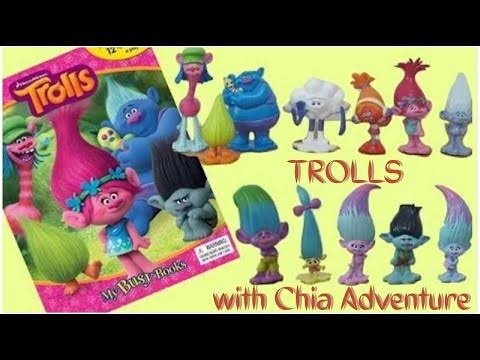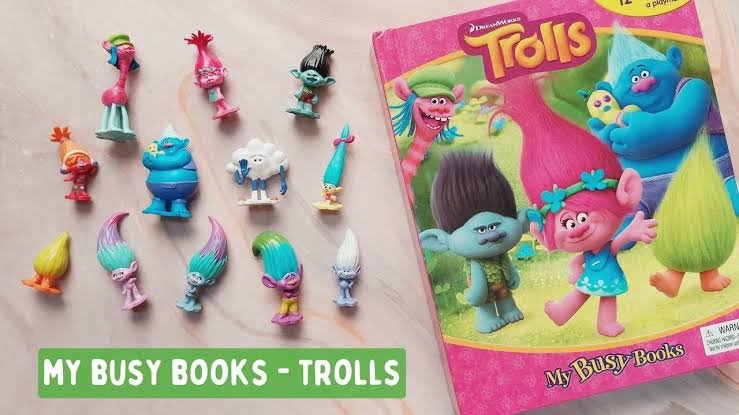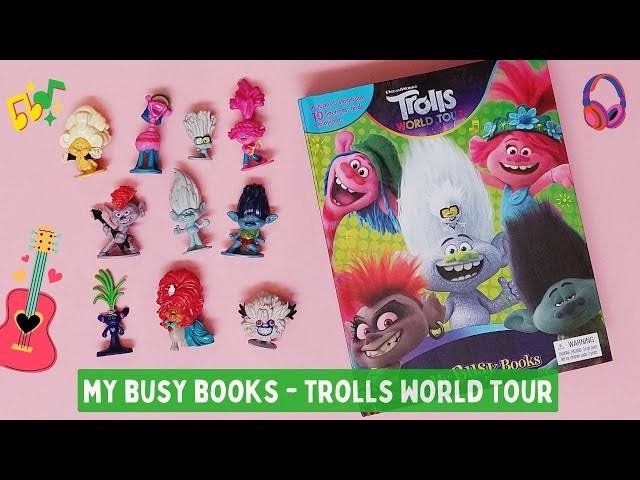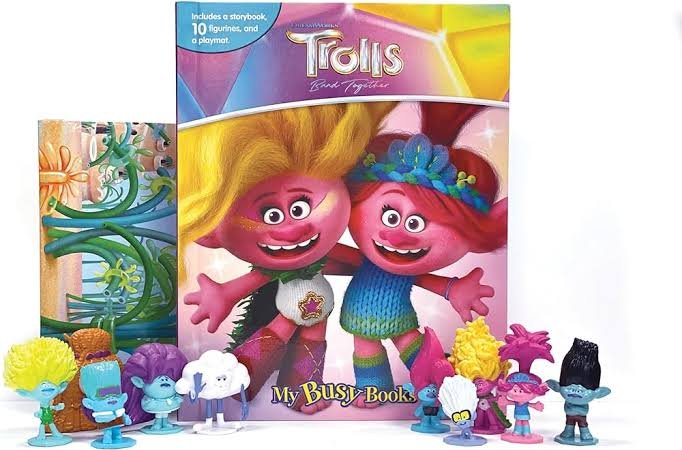Welcome to the world of Busy Books – where learning meets fun! If you’re a parent or caregiver looking for a creative way to enhance your child’s development while keeping them entertained, then you’ve come to the right place. Busy Books have become increasingly popular in recent years due to their ability to captivate young minds and provide hours of educational play. In this blog post, we’ll explore the many benefits of incorporating Busy Books into your child’s life, discuss different types and features of these interactive wonders, compare DIY options versus pre-made versions, and offer some exciting ideas and tips for creating your own Busy Book masterpiece. So get ready to embark on a journey filled with imagination, discovery, and endless possibilities as we delve into the world of My Busy Books!
The Benefits of Busy Books for Children’s Development

Busy books offer a plethora of benefits for children’s development. These interactive and engaging activity books are designed to stimulate young minds and promote various skills. One of the key advantages is that busy books provide an excellent opportunity for sensory exploration. With their diverse textures, colors, and shapes, children can engage their sense of touch and sight while exploring different pages.
Furthermore, busy books help in developing fine motor skills as kids manipulate buttons, zippers, laces, and Velcro closures. By practicing these actions repeatedly, they enhance their hand-eye coordination and dexterity. This sets a strong foundation for future tasks like writing or using utensils.
Another advantage of busy books is that they encourage cognitive development by introducing concepts such as numbers, letters, shapes, colors, animals, and more. Through interactive activities like puzzles or matching games within the book’s pages children can strengthen their recognition abilities.
Types of Busy Books and Their Features My Busy Books
Busy books come in a variety of types, each offering unique features that engage children’s minds and promote their development. Let’s explore some popular types of busy books and the features they offer.
1. Sensory Busy Books: These books are designed to stimulate the senses, with textures, sounds, and interactive elements such as buttons or zippers. They help children develop their sensory perception and fine motor skills.
2. Puzzle Busy Books: These books feature puzzles or mazes that challenge children to problem solve and think critically. They encourage cognitive development, spatial awareness, and hand-eye coordination.
3. Educational Busy Books: These books focus on early learning concepts such as numbers, letters, shapes, colors, and more. They engage children in interactive activities that promote literacy and numeracy skills.
4. Storytelling Busy Books: In these books, each page tells a part of a story through pictures or text prompts for storytelling. Children can use their imagination to create narratives while improving language skills.
5. Travel-friendly Busy Books: Compact in size with attached handles or zipper closures for portability convenience during travel outings like road trips or flights!
6. Crafty DIY Busy Book Ideas: If you’re feeling creative (and thrifty), you can make your own busy book using materials from around the house! Add felt pages with Velcro shapes to create matching games or attach buttons onto cardboard for counting activities!
Each type offers its own set of features geared towards enhancing different aspects of a child’s growth journey.
DIY vs. Pre-Made Busy Books

When it comes to choosing a busy book for your child, you have two main options: DIY or pre-made. Both options have their own advantages and can provide hours of entertainment and learning opportunities for little ones.
DIY busy books offer the flexibility to customize the activities based on your child’s interests and developmental needs. It allows you to create personalized pages using materials that are easily accessible at home or in craft stores. This option also provides a great opportunity to bond with your child through the process of creating something together.
On the other hand, pre-made busy books can be a convenient choice for parents who may not have much time or creative skills. These ready-to-use books come with a variety of interactive activities already designed and assembled, saving you both time and effort.
One advantage of pre-made busy books is that they often feature popular characters from children’s shows or movies, which can make them more appealing to young learners. Additionally, these commercially produced books usually undergo rigorous testing to ensure durability and safety standards are met.
Whether you choose DIY or pre-made busy books depends on factors such as your available time, creativity level, budget, and preferences. Some parents may enjoy the hands-on experience of crafting their own book tailored specifically for their child while others may prefer the convenience of purchasing one that is ready-to-use.
Whichever option you choose, what matters most is providing an engaging learning tool that sparks curiosity and fosters development in your child. So go ahead – get creative or browse through online stores – either way, prepare yourself for endless fun-filled learning adventures with busy books!
Ideas and Tips for Creating Your Own Busy Book
Creating your own busy book can be a fun and rewarding activity that allows you to personalize the learning experience for your child. Here are some ideas and tips to help you get started.
First, think about the theme or concept you want to focus on in your busy book. It could be animals, numbers, colors, or even a specific story or character. Once you have chosen a theme, gather materials such as felt, fabric scraps, buttons, and ribbons that relate to your chosen topic.
Next, plan out the pages of your busy book. Consider incorporating different textures and interactive elements like zippers or Velcro to keep little hands engaged. You can also include activities such as matching games or puzzles that promote cognitive development.
To make each page visually appealing and engaging for your child, use bright colors and bold patterns. Cut shapes from felt or fabric to create pictures or scenes related to your theme. Don’t forget to add labels or words so children can associate images with their corresponding names.
When assembling the pages of your busy book, consider using binder rings instead of traditional binding methods. This way, you can easily add or remove pages as needed while keeping everything secure.
Remember that simplicity is key when creating a busy book. Keep each page focused on one concept at a time so it doesn’t become overwhelming for young learners.
Involve your child in the process! Let them choose materials they find interesting and encourage their creativity by allowing them to contribute ideas for certain pages.
Creating your own busy book provides endless opportunities for customized learning experiences tailored specifically to meet the needs of your child’s development stage!
Now let’s dive into how these wonderful creations can encourage learning and creativity in children!
How Busy Books Can Encourage Learning and Creativity

Busy books are not only a great source of entertainment for children, but they also play a crucial role in promoting learning and creativity. These interactive books engage young minds and encourage them to explore new ideas and concepts.
One way busy books promote learning is by incorporating educational activities into their pages. From counting numbers to identifying colors, these books provide opportunities for children to develop important cognitive skills while having fun. The hands-on nature of busy books allows kids to actively participate in the learning process, which enhances their understanding and retention of information.
Moreover, busy books stimulate creativity by encouraging imaginative play. They often feature activities that involve drawing, coloring, or storytelling. By engaging their imagination through these activities, children can expand their creativity and develop critical thinking skills.
Another benefit of busy books is that they foster fine motor skills development. Activities like buttoning buttons or zipping zippers require precise hand movements, which help improve dexterity and coordination in young children.
Additionally, busy books can be customized based on a child’s interests or developmental needs. Parents can include specific themes or incorporate personalized elements into the book to make it more engaging for their child. This customization not only enhances the child’s interest but also promotes individuality and self-expression.
Incorporating busy books into a child’s daily routine provides them with valuable opportunities for independent learning and exploration. These interactive tools allow children to learn at their own pace while stimulating curiosity about various subjects.
To maximize the benefits of using busy books for learning and creativity enhancement, parents should actively participate with their children during reading sessions. This involvement helps create a positive bonding experience between parent and child while further enhancing the educational value of the activity.
Through educational activities tailored specifically for young minds’ development stages, these interactive tools empower children to acquire essential skills while fostering their creativity.
Conclusion: The Importance of Incorporating Busy Books into a Child’s Life
Busy books play a crucial role in a child’s development and learning journey. They provide a hands-on and interactive way for children to explore, discover, and engage with various educational activities. By incorporating busy books into a child’s life, parents can foster their cognitive, motor, and sensory skills while also promoting creativity and imagination.
One of the key benefits of busy books is that they offer endless opportunities for learning. Each page or activity within the book focuses on different concepts such as colors, shapes, numbers, letters, animals, and more. This helps children to develop essential skills like problem-solving abilities and critical thinking.
In addition to enhancing learning outcomes, busy books also encourage fine motor development. The activities within these books require children to manipulate small objects such as zippers or buttons which helps improve their hand-eye coordination and dexterity.
Furthermore, busy books stimulate creativity by allowing children to engage in imaginative play. Many busy books have sections where kids can dress up dolls or create scenes using felt pieces or stickers. These open-ended activities promote storytelling skills while igniting their imagination.
By choosing either pre-made or DIY options for creating busy books tailored specifically to your child’s interests and needs you are able to ensure an engaging experience based on what your little one likes most! Whether it’s dinosaurs or princesses – there are countless themes available!
So why wait? Incorporate busy books into your child’s daily routine today! Watch them learn new things while having fun at the same time!
FAQ’s
1. Are busy books suitable for children of all ages?
Busy books can be enjoyed by children of various ages, from toddlers to preschoolers and beyond. However, the activities within the book should be age-appropriate and tailored to their developmental stage. For younger children, simpler activities like buttoning or sorting shapes may be more appropriate, while older children may enjoy puzzles or counting games.
2. Can I customize a pre-made busy book?
Absolutely! Many pre-made busy books offer options for customization, allowing you to add or remove pages based on your child’s interests and abilities. This allows you to create a personalized learning experience that caters specifically to your child’s needs.
3. How can I make my own busy book if I’m not crafty?
Creating your own busy book doesn’t have to be complicated or require advanced crafting skills. There are plenty of simple DIY ideas online that utilize basic materials such as felt, fabric scraps, buttons, and Velcro. You can also find printable templates online that make it easy to create engaging activities without needing elaborate artistic abilities.
4. Can using a busy book replace other forms of learning?
While busy books are fantastic tools for promoting learning and development in young children, they should not replace other forms of educational experiences such as reading aloud with caregivers or participating in hands-on exploratory play. Busy books should complement these activities by providing additional opportunities for skill-building and engagement.
5. Can my child use a busy book independently?
Yes! One of the benefits of busy books is that they give children an opportunity to engage in independent play while developing essential skills at their own pace.




